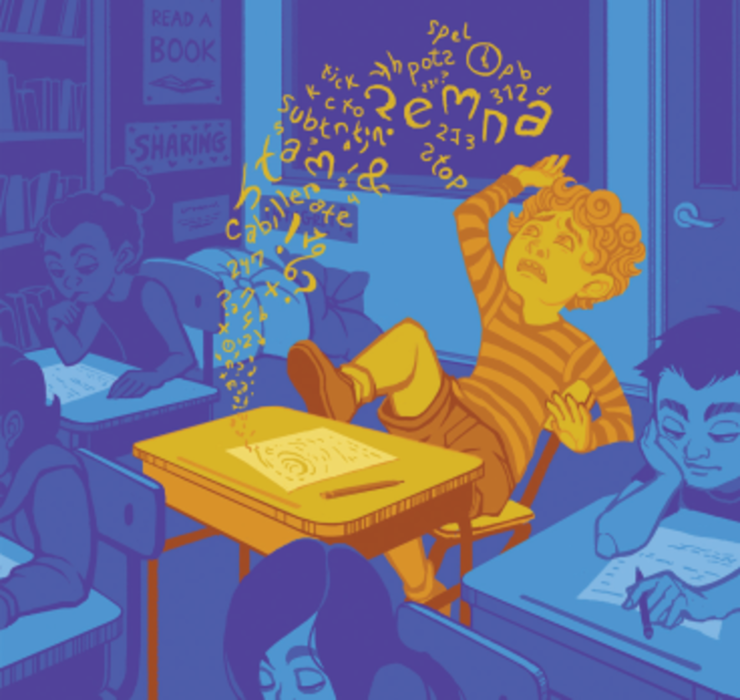Clients: Moleskine and Adobe
Agency: MRY
Objective: Use targeted direct mail to showcase global student creativity via a mutually beneficial partnership between brand, agency, and vendor
The Back Story: Moleskine and Adobe—on the face of it, these two companies might appear to have very different agendas. One is an Italian manufacturer of classic notebooks, journals, and planners famously used by Matisse and Picasso; the other, a software provider known for its suite of creative digital products. But there is a clear nexus between the two: They’re both trying to reach the same audience of global professional and budding student creatives.
In essence, both companies sit on what Peter Jensen, Moleskine’s director of digital business, refers to as the “analog/digital continuum.” In other words, there are no clear lines to delineate or control where the creative process happens. Creatives will likely want to use paper to sketch before turning to software to make their vision come alive.
“We’re a small company and we want to be an open platform for creativity and collaboration,” Jensen says. “For us, it’s not about being proprietary or just being analog or just being digital—those are only two flowing steps in the creative process.”
It’s a mind-set that would lead to a fruitful partnership for the brand, because Moleskine and Adobe have something else in common: Both are clients of creative digital agency MRY, which quickly realized the opportunity in pairing them to help Moleskine promote its new Photo Book on-demand book printing product while enabling Adobe to gain awareness for its “Make It With Creative Cloud” campaign, an ongoing effort designed to facilitate creativity and innovation in the student community.
“The space Moleskine owns is at the start of creative ideation,” says Clare Stutchbury, executive client partner at MRY. “What happens when people have an original idea? They write it down. The natural thing was to take that and bring it into the digital space.”
The Strategy: The idea was to create cobranded, limited edition Photo Books, featuring the work of talented student creatives from around the world, as well as links to their complete online portfolios. The students used Adobe’s creative suite to produce all the featured work. Mailed in time for New Year 2014, the books, bound in classic hardback Moleskine black leather, were sent directly to 125 creative directors at top agencies and brands across the globe, including the Cartoon Network, art collective FriendsWithYou, Google, the Museum of Modern Art in New York City, The Wall Street Journal, and Wieden+Kennedy.
A simple inscription was printed on the front page of each notebook: “We’re introducing the best up-and-coming talent to the creative leaders they aspire to be. After all, a big part of making it is getting your work in front of the right people.”
The Creative: Targeted direct mail is one thing—sending the top influencers something they’d actually want to keep and use on a daily basis is something else entirely.
“We could easily have just sent out a bunch of physical student portfolios, but what we were looking to do was give them something that would be inherently useful to [the recipients] in their day-to-day, with the extra added element of one of them possibly hiring one of these creative students in the future based on what they’ve seen,” says Leo Leone, group creative director at MRY.
The notebooks therefore served a dual purpose: generating awareness of Moleskine as a digitally savvy brand and helping student creatives down the path to professional success. The latter goal fits snugly into Adobe’s existing integrated “Make it with Creative Cloud” campaign, which features a variety of touchpoints, including digital display, on-campus outreach, out-of-home, social, video content, and targeted email.
“The campaign is about getting student work in front of professionals to help their careers, and this did just that,” says AnnMarie Baba, senior marketing manager for student campaigns at Adobe. “We’re in a physical-meets-digital world and our products help streamline the process of creation; for example, Photoshop just launched a ton of new 3D printing features that speaks to the connection between the use of digital tools to create tangible products.”
The Results: For Moleskine, the campaign is a little too new to cite results. However, since its launch in August, Adobe’s overarching “Make It” campaign garnered 745,000 total global impressions in just 16 weeks, which in turn generated more than 9,000 trial downloads of Adobe products. In November 2013 alone, Adobe’s social presence grew 12% across Facebook, Instagram, Twitter, and YouTube with more than 7,000 new fans and followers from around the world.








